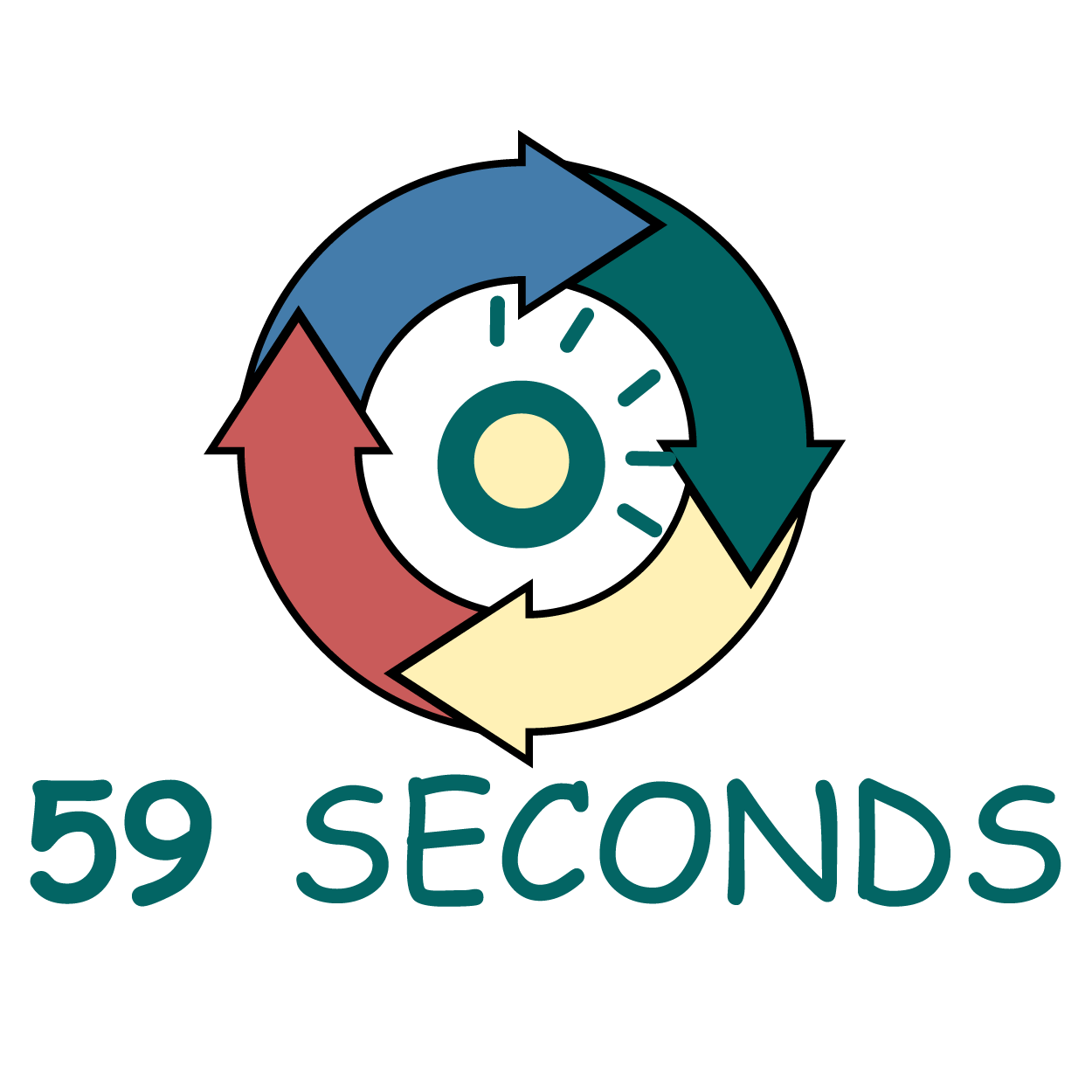
User Stories and Tasks – Part 1
On Estimating and Commitment
Scrum is a largely empirical process that practices transparency, inspection, and adaptation with Scrum artifacts and through Sprint ceremonies.
Scrum is a largely empirical process that practices transparency, inspection, and adaptation with Scrum artifacts and through Sprint ceremonies. In order to improve continuously and move forward, there should be a basis for the team to act on, and this is where the metrics come in handy. The most common way to track how the team progresses would be using a burn-down chart.
The burn-down chart is a graphical representation of the amount of work done versus the remaining work for each Sprint, using the story points estimated during Spring Planning. More than seeing progress, it’s a great tool to learn how much work the team can commit to in a Sprint. It’s normal for teams to over-commit work at the start of the project, but over time, estimates will improve, and so will the amount of work the team will commit to finishing in a Sprint.
Coaching the Scrum Team
The Scrum Master plays the difficult part of ensuring that tasks are done without team members assigning tasks to others. The Scrum Master is also in no position to be the one assigning tasks. Instead, the Scrum Master should find ways to encourage the team to trust themselves and each other to be able to pick and own their tasks. Instead of team members telling others what to do, have them ask for help. To address the problem of no one owning a task, the Scrum Master should find out why no one wants to do it. Then they can give the power back to the team and ask them, “How do we solve this problem?” or “What’s the best way to go about this?”
The main job of the Scrum Master is to have the team use the Scrum practices in the work that they do. They are there to remove impediments and protect the team from anything that threatens their productivity. The Scrum Framework itself already provides the venue for the team to be self-organizing, and the Scrum Master only needs to coach the team to follow it.
59 Seconds Training Video
Master of Agile – Scrum Product Owner With 59 Seconds Agile (Video Training Course)
Introductory Offer: Free Course
What is this course?
This ‘Master of Agile – Scrum Product Owner With 59 Seconds Agile (Video Training Course)’ provides an in-depth understanding of the Scrum Product Owner roles and responsibilities
You will explore the Agile Scrum project life-cycle, including how an Agile User Story is created, to how we know when it is ‘done’
This course is aimed at those with or without prior knowledge and experience of the Agile values and principles
During this course you will learn the tools needed to succeed as a Scrum Product Owner
What will you learn?
You will gain an in-depth understanding of the Scrum Product Owner roles and responsibilities, and you will be able to
- Fully understand the role of the Scrum Product Owner
- Understand the roles involved in an Agile project
- Create an effective Product Backlog
- Effectively participate in Scrum Meetings such as the Daily Stand-up, Sprint Review and Retrospective
- Identify the roles involves in the Scrum Team

What topics are covered within this course?
You will cover the following topics during this course:
- An Introduction to Agile Project Management (Product Owner)
- The 12 Agile Principles (Product Owner)
- The Declaration of Interdependence (Product Owner)
- Introduction to Scrum (Product Owner)
- Scrum Project Roles (Product Owner)
- The Agile Project Life-cycle (Product Owner)
- Acceptance Criteria and the Prioritised Product Backlog (Product Owner)
- Epics and Personas (Product Owner)
- Sprint Planning (Product Owner)
- User Stories (Product Owner)
- The Daily Scrum (Product Owner)
- The Product Backlog (Product Owner)
- Scrum Charts (Product Owner)
- Review and Retrospective (Product Owner)
- Validating a Sprint (Product Owner)
- Releasing the Product (Product Owner)
Our Book Recommendations
We found these books great for finding out more information on Agile Scrum:
